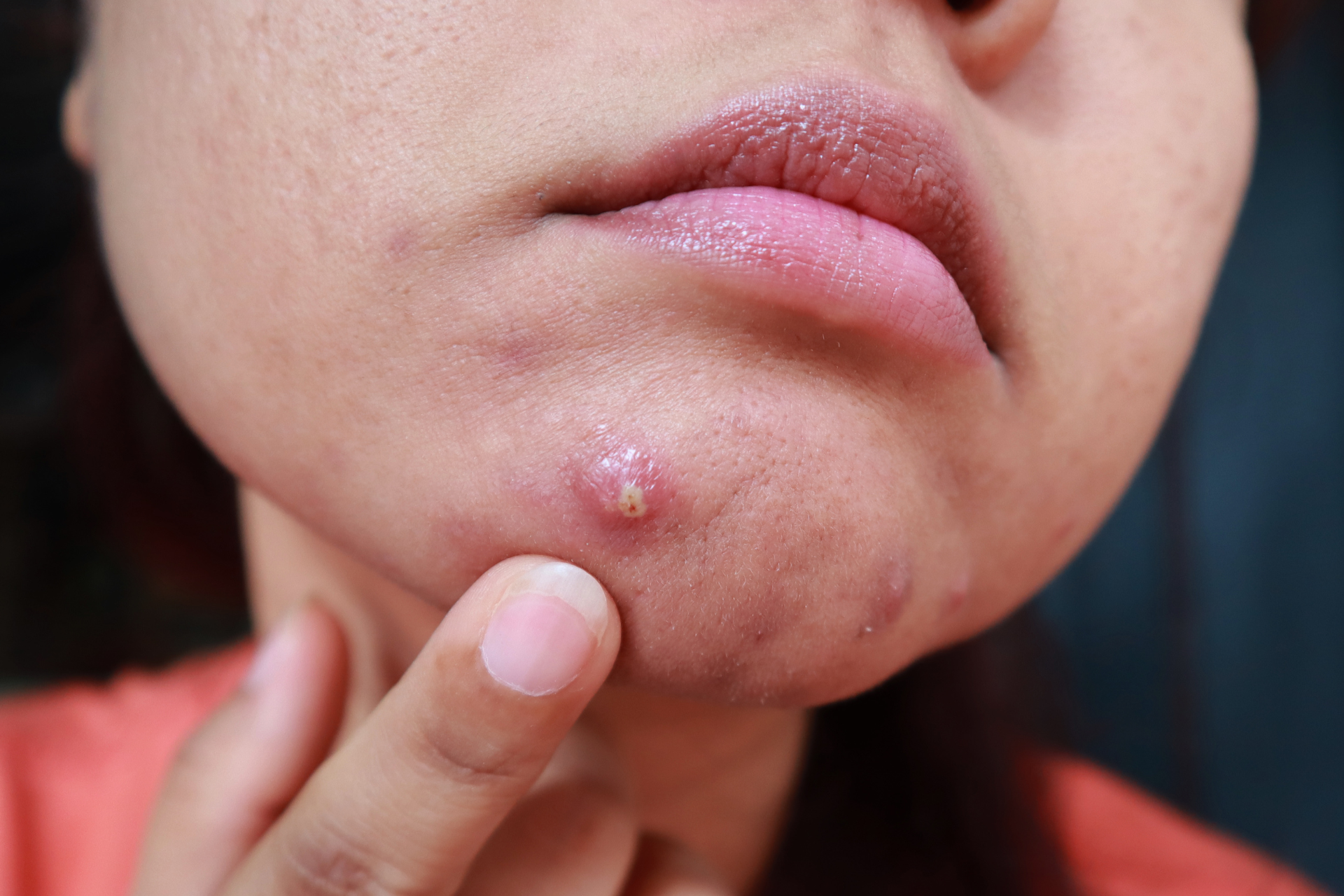Cystic Acne vs. Regular Acne: What’s the Difference and How to Treat It

At Fall Creek Skin and Health Clinic, we understand that dealing with acne can be a frustrating experience, impacting both your skin and overall confidence. While many are familiar with the common types of acne, such as blackheads and whiteheads, cystic acne is a different beast altogether. Understanding the differences between cystic acne and regular acne, as well as how to treat them, is crucial for effective management.
Understanding the Differences
Regular Acne
This often refers to non-inflammatory forms of acne, including whiteheads, blackheads, and mild papules. These types generally occur when hair follicles become clogged with oil, dead skin cells, and bacteria, leading to the formation of visible bumps on the skin. Regular acne is frequently associated with hormonal changes, lifestyle factors, and diet.
Cystic Acne
In contrast, cystic acne is a more severe form of acne that forms deep beneath the skin’s surface. Characterized by large, painful lumps filled with pus, cystic acne is often inflamed and can take a significant amount of time to heal. This type of acne is usually caused by hormonal imbalances, which trigger increased sebum production and inflammation.
Symptoms
Cystic acne symptoms often include:
- Deep, painful pus-filled cysts
- Scarring and discoloration after healing
- Occurrence on the face, back, and shoulders
- Longer healing time compared to regular acne
Regular acne symptoms tend to be less severe and include:
- Small pimples or bumps
- Blackheads and whiteheads
- Minimal scarring
Treatment Options
While both types of acne can benefit from good skincare practices, their treatments differ significantly due to their nature.
For Regular Acne
1. Over-the-Counter Treatments
Ingredients such as salicylic acid or benzoyl peroxide can help reduce mild acne effectively.
2. Topical Retinoids
These can prevent clogged pores and promote skin cell turnover.
3. Regular Cleansing
Maintaining a consistent skincare routine with gentle cleansers can help minimize breakouts.
For Cystic Acne
1. Prescription Medications
Due to its severity, cystic acne often requires prescription medications like oral isotretinoin, which is effective for severe cases.
2. Hormonal Treatment
In women, hormonal contraceptives may help balance hormones and reduce cystic acne.
3. Corticosteroid Injections
For immediate relief from painful cysts, dermatologists may use corticosteroid injections to decrease inflammation and speed up healing.
4. Professional Procedures
Treatments like chemical peels and laser therapy can also be beneficial in managing cystic acne and preventing scarring.
Conclusion
Understanding the differences between cystic acne and regular acne is pivotal for effective treatment. If you’re struggling with acne in any form, the experienced team at Fall Creek Skin and Health Clinic is here to help. We offer personalized treatment plans tailored to your specific needs, ensuring an affordable solution for patients of all ages. Don’t let acne affect your confidence—reach out to us today to schedule a consultation and take your first step towards clearer skin!




